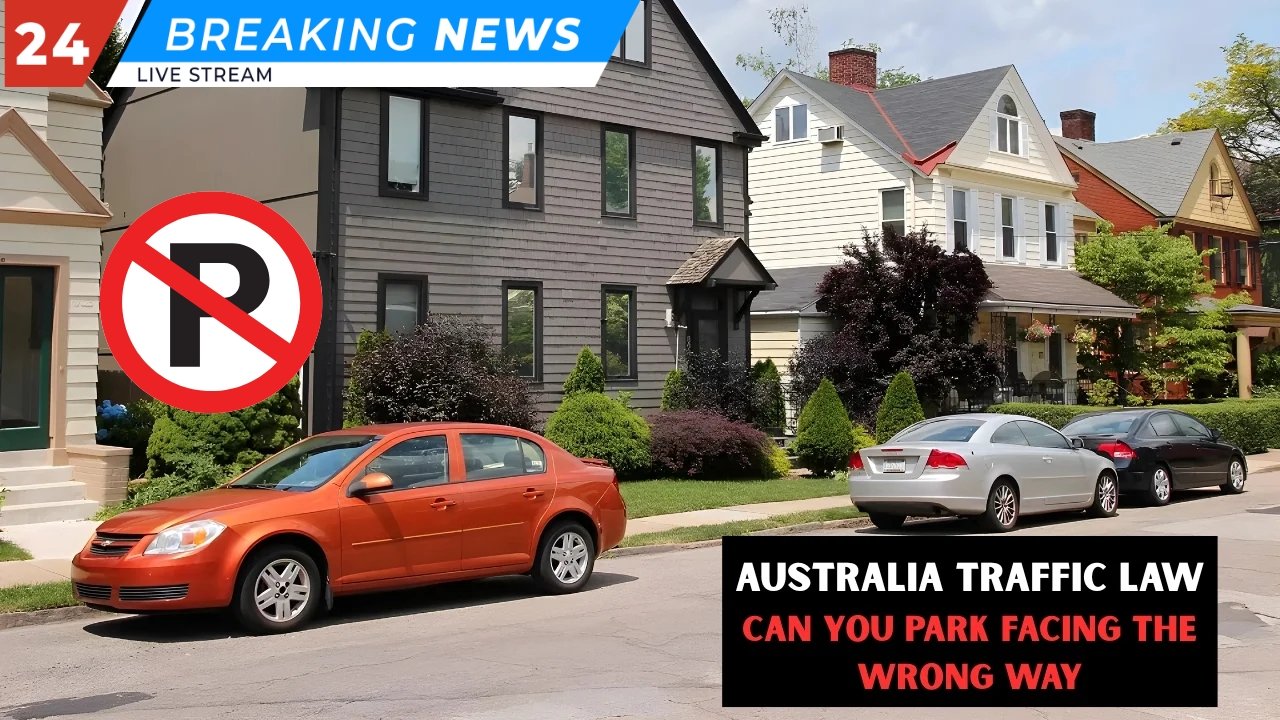Turning up to a location and parking your car in the opposite direction may seem like a small oversight but in Australia, this mistake could potentially be very costly. Each state and territory has developed legislation focused on the safety of the public which addresses the situation of parking a vehicle in the opposite direction of the legal line of travel and enforcing public safety around the parking and stopping of vehicles.
The Legal Requirement: Direction Matters
Not all vehicles have the option of parking in either direction on a two-way road. Therefore it is a requirement to park in the direction of the line of travel as is the case and the law stipulates on a two-way road. On a one-way road, parking may be done on either side of the road as long as the vehicle is facing the line of travel. This is to ensure a vehicle does not travel on the opposite side of the road which could potentially lead to a head-on collision and confusion on the road.

Why the Law Exists
The primary objective of this legislation is to ensure safety. This is to prevent a situation arising where a vehicle is forced to travel against the line of legal traffic and head-on collisions may potentially occur. Moreover, the reduced visibility on the road as a vehicle approaches from behind will increase the risk of a collision especially if it is night time. Authorities wish to minimize the risk which is why enforcement is so stringent.
Variations in Fines and Penalties Between the Australian States
While individual jurisdictions impose slightly different penalties on illegal parallel parking, the parking reforms across Australia is uniform. Persons of the various police services and local government commit law enforcement positions (i.e. council rangers) are authorized to impose penalties, especially in school zones and other places with potentially unsafe pedestrians.
State Typical Fine (AUD) Demerit Points
- New South Wales $272 – $330+ Up to 2 (school zone)
- Victoria $111 – $330+ None
- South Australia $79 + $105 levy None
- Queensland Similar to NSW/VIC Varies
Common Mistakes and Extra Risks
Quiet residential suburbs and parking at the beach are highly frequented places where the lack of relevant signage results in penalties. This is described in the Australian National Traffic laws, which means there are very few locationally relevant warning signs. New and local Australians are especially caught out by this rule.
Enforcement and Special Circumstances
There are places that are designed to attract pedestrians, especially near intersection and school zones where enforcement may be very stringent due to the perceived dangers of illegal parking and resultant fines. Emergency services are also a prime target when illegal parking enforcement is to be relaxed.
Exemptions and Grey Areas
Parking laws contain only one exemption: one-way streets. On one-way streets, vehicles may park facing the flow of traffic on either side, so long as other rules such as clearance distances are followed. All other scenarios, not complying with the parking direction law will result in fines and possible demerits.
Form Data Table
| Rule Aspect | Typical Value |
|---|---|
| Legal parking direction | With traffic flow |
| Standard fine | $79 – $330+ |
| School zone fine | Up to $330 + demerit |
Some FAQs
Q1. If no signs are present, is it legal to park facing the wrong way?
No, it is illegal, even without signage. That is part of the Federal Road Legislation in Australia.
Q2. Who is responsible for enforcing these parking rules?
Police and council rangers may issue fines for parking in the wrong direction.
Q3. Are there any situations where the rule does not apply?
One-way streets are the only exemption, from which parking on either side of the street is allowed with the correct vehicle orientation.



